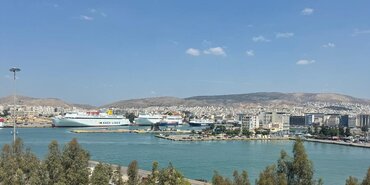Insurance - who needs it?
Historically, offshore and hydrographic professionals have chosen not to purchase professional indemnity insurance, unless requested by the contract. The view being that they have been working for years and have never experienced a claim. However, in the current business environment which is increasingly litigious, there is a growing need for professional indemnity cover.
Insurance to many companies is seen as an unproductive cost. This is especially true in small companies where it is one of the top three expenses. We often hear from the businesses we speak to that “insurance takes the profit out of a project”. This is the wrong way to view insurance. A good insurer can add enormous value. To get the best from your insurance there are a number of important areas to consider when buying insurance.
What is Professional Indemnity Insurance and Why is it Important?
Lets start with a quick recap on what professional indemnity insurance is; quite simply it is liability insurance that covers businesses in the event that a third party alleges they have suffered a loss as a result of your professional negligence. The important part of the first sentence is ‘alleges’; even if you are not liable, the costs of defending an incorrect claim for negligence are high.
A US court held that the then US Hydrographic Office (USHO) was not negligent in causing a passenger ship to ground between Nantucket and Martha’s Vineyard after the ship’s owners claimed that a reef had been charted negligently. Firstly, the court held that the error on the chart was not a result of any negligence by the USHO because the organisation conducted the survey in 1939 with state-of-the-art techniques.
Secondly the court also held that there was no pressing need for the USHO’s successor, the National Oceanic and Atmospheric Association (NOAA), to perform a new survey.
Finally the court held that the ship did not actually rely on the defective chart when fixing its course. Therefore, even if the chart had been defective, it did not cause the loss. The US Court of Appeal confirmed the second point, but the first was not mentioned in the judgment.
Although, there was no liability upon the USHO, the defence costs amounted to a small fortune, and in the US court system, the winning party does not receive a cost award. In this instance, the party was a large national hydrographic office, but the same could apply to anyone who is providing data or professional advice. The cost of being proven innocent can be high.
- Date
- 27/02/2014





